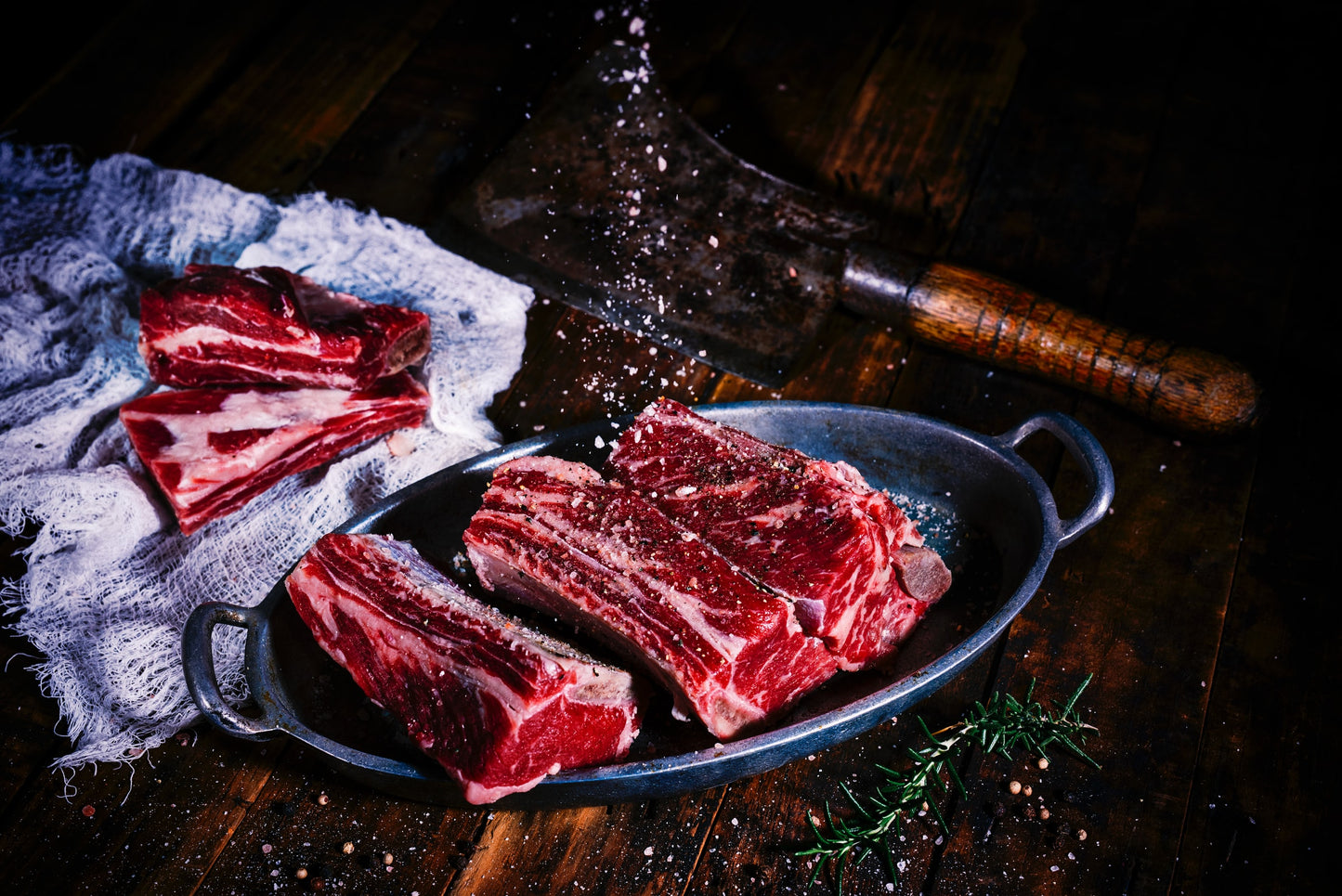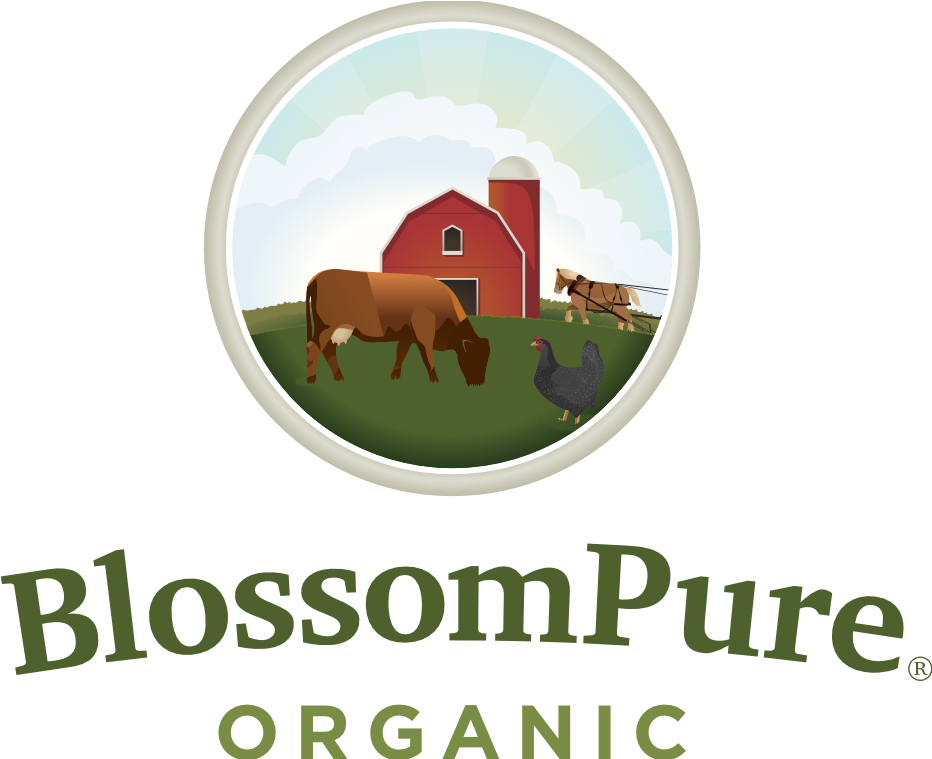Grass-Fed Beef: An Overview
Grass-fed beef is a popular phrase appearing frequently on internet forums, healthy lifestyle blogs, and product packaging. What is 100% grass-fed beef? “100% grass-fed” means the animal was raised entirely on a natural diet of grass and haylage. After the calves consume their mother’s milk for ten months, they go on to consume grass for the duration of their life. Most conventional cattle herds are raised on a heavy grain to encourage unnatural growth to produce. Our cattle are raised on a natural diet and live their full lives to encourage prized marbling. Why eat grass-fed beef? For health benefits: Meat from...
BlossomPure's Pastured Beef
April 2nd, 2016 At BlossomPure, we pride ourselves on the quality our farmers produce. When raising our meat, we believe in environmentally conscious, sustainable, and biodynamic farming practices, ethical treatment of all animals, and free-range grazing of herds and flocks. Pastured and grass-fed meats are not just a new trend, it's the best way to raise animals- in a natural environment, on the most wholesome diet they were meant to be on. The animals roam the fields, consuming a wide variety of grasses and foliage to ensure a healthy and flavourful diet. They also receive adequate exercise to develop their muscles and...

Recent articles

